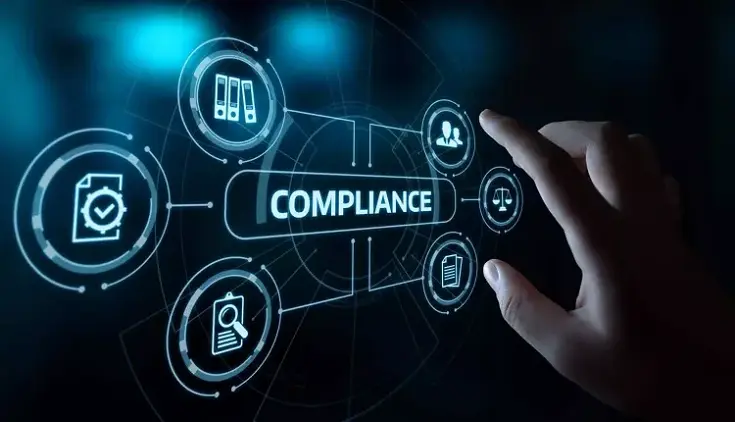
Published Date:Jan-17-2025 | Author:Saurabh Bidwai | Designation:Senior Research Associate
In A Hyper-Connected World, What Does the Future Hold for Privacy?
Future Privacy Management Challenges:
Controlling what data is used for, who has access to it, and how it is kept up to date is becoming more difficult. The right to privacy is compromised as a result of this. Also, global legislative frameworks controlling privacy and data protection will continue to evolve. In the future, privacy may be considered a right in certain regions, but a commodity or even a luxury in others. Many firms have also violated customer privacy, while others have failed to detect and protect against fast-expanding dangers and cyberattacks. Consumers' faith in firms and institutions to preserve their privacy and personal data will grow as a result of these reasons. People are expected to respond to the digital trust problem by carefully managing data away from corporations and toward peers, influencers, and other users. The demand for digital privacy will be heightened as a result of this paradigm shift toward a "distributed trust" approach in cybersecurity and data privacy protection.
Solutions For Privacy Threats Using Digital Technology:
Businesses that provide cybersecurity, data protection, and privacy-enhancing solutions have a lot of room to develop as privacy issues arise. If proactive actions are taken by 2030 to identify, respond to, and learn from important dangers, artificial intelligence (AI) and blockchain technologies, in particular, would present a new frontier for mitigating privacy issues.
Providers Of Privacy Risk Mitigation Solutions May Have Future Commercial Potential:
Emerging digital technologies will be adopted to address privacy threats alongside new legal frameworks. These privacy-enabling technologies include the following and present potential commercial opportunities for solution providers:
• Data anonymization and data de-identification-as-a-service are two examples of data anonymization and de-identification-as-a-service. – People will seek to hide, remove, and de-link their identities from data as it becomes increasingly available online in order to safeguard their privacy. Data de-identification-as-a-service could provide different levels of data anonymity.
• Continuous authentication to improve data security – Instead of using usernames, passwords, and PINs for digital security, continuous authentication will be used, which will improve data security and privacy protection.
• AI algorithms to detect and stop the spread of misinformation and disinformation - Artificial intelligence algorithms will be used to detect and stop the spread of misinformation and disinformation. For example, AI might be used on social media platforms and news sites to detect fake news and untrustworthy data and alert people to prevent it from spreading.
• Digital provenance solutions - When creating new material, companies can adopt blockchain technology as a type of digital provenance or proof of where the content originated to validate data authenticity.
• Authenticated alibi services — In the future, people will authenticate their whereabouts using wearable and storage devices. This would allow people to "lifelog" their personal and public moments, as well as provide authenticated alibis in situations where they are needed, such as to disprove fraudulent content or false allegations. This might be an especially effective solution for politicians and celebrities, whose public personas frequently put their reputations in jeopardy.
Final Views on The Digital Era's Future of Privacy:
In this increasingly linked digital environment, businesses will need to respond proactively to privacy and cybersecurity issues. They'll also need to approach new products and services with a "privacy by design" mindset. This will reposition and elevate cybersecurity from an IT department role to an organization-wide strategy. The growing demand for privacy-enhancing technologies creates an intriguing new commercial opportunity for solution suppliers. Enterprises, on the other hand, will need to build and sustain digital trust, which may include enhanced openness, as well as compliance with and flexibility to changing regulatory frameworks.
